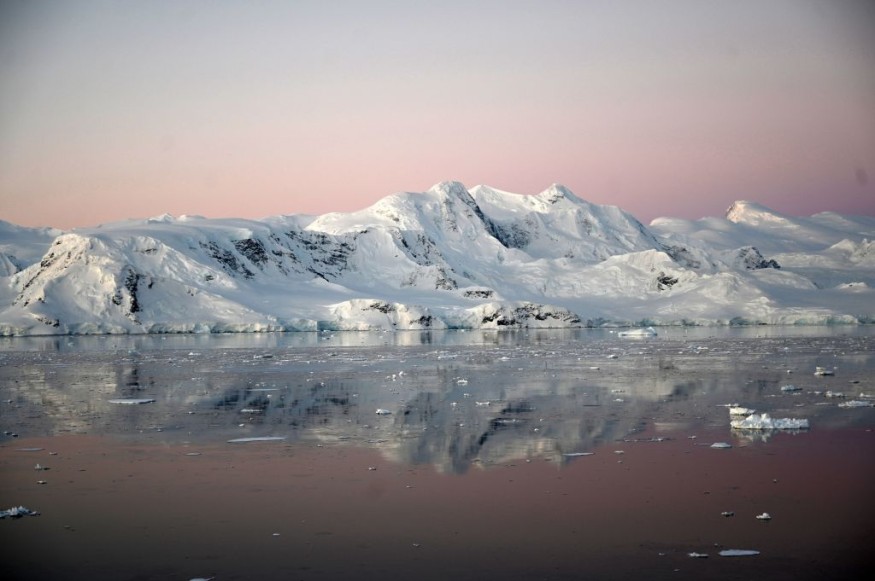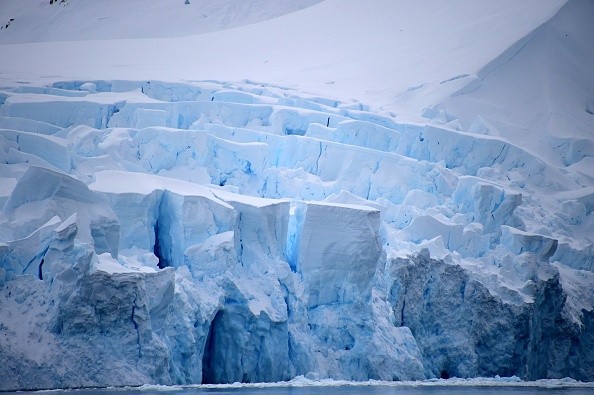Antarctica is one of the remaining frontiers for exploration on the planet. The Ross Ice Shelf, Antarctica's vast wedge of floating ice that shields the Southern Ocean's southernmost extension, is the subject of the investigation.

The ocean in this ice-covered depression is approximately the same size as the North Sea. However, ice forms a permanent, impenetrable canopy over a fully dark and frigid environment (about -1.9°C).
Uncovering Microbial Population
The researchers uncovered a robust microbial population, unique and well adapted to living without light and without the organic stuff that falls in the open ocean, as part of a multi-disciplinary study endeavor to examine this under-ice environment.
Instead, inorganic nitrogen and sulfur molecules serve as chemical energy sources in this food web. Microbes use these alternate energy sources to repair dissolved carbon dioxide into complex organic compounds and biomass, feeding the aquatic environment.
The discovery harkens back to the first signs of microscopic life beneath the ice, which were initially discovered during the 19th-century journeys of James Clark Ross, for whom both the southernmost ocean and the ice shelf are named.
Historical Mission

=
During the summers of 1840 and 1842, the HMS Erebus and HMS Terror sailors raced southward across the Ross Sea, dodging icebergs, managing changeable winds, and chipping frozen sea spray from their rigging and decks. Their goal was the same as that of the Polynesian explorers who came before them millennia ago: exploration.
The mission of Captain Ross's journey of exploration and inquiry was to uncover and investigate the ocean's southernmost boundary. They discovered signs of microbial life everywhere, including icebergs, seafloor sediment, and even the guts of bigger species.
Captain Ross' ships couldn't get past the massive floating extension of the continental ice sheet, today known as the Ross Ice Shelf. Today, they may pursue the ocean further south by traversing the ice surface in tracked vehicles and drilling through the frozen cap of a mostly uncharted ocean with purpose-built drilling rigs.
Marine Ecosystem
Marine ecosystems are generally driven by photosynthetic organisms that utilize sunshine to convert nutrients in the water into biomass in other parts of the world-sinking organic particles transport carbon and energy at depths where sunlight does not reach, a process known as the biological carbon pump.
However, there is no shower of organic particles above when the ice shelf is covered. It can take up to five years for water to flow into the sub-ice ocean cavity and see sunlight again. Microbes, amphipods, and fish were present in this ecosystem when scientists first examined it in 1977.
Because the analytical tools of the time were inadequate, the question of whether what they had discovered constituted a functional food web remained unanswered. The secret was blown wide open by the team's latest mission.
Drillers
Drillers from Victoria University of Wellington Te Herenga Waka used a hot-water drill to melt a 30cm-wide borehole through the 360m-thick center area of the Ross Ice Shelf (at roughly 80.7S, 174.5W), some 300km from the open ocean, as part of a vast multi-disciplinary project in December 2017. They used this one-of-a-kind entry point to sample microbial life in the ocean hollow.
Waiting Game
The researchers had no idea how large the microbial population would be, but they expected ocean conditions to play a role at various depths. They then dropped a battery-powered filtration pump down the borehole into the freezing environment below to ensure they collected enough biomass.
It was a waiting game when it came to collecting samples. They labored all night, carefully pumping hundreds of liters of water through a filter paper at the pump's center. Each filtration was carried out three times, at depths of 30 meters, 180 meters, and 330 meters from the floating ice's base, encompassing the whole water column between the ice shelf and the ocean floor.
They exchanged samples with colleagues in Austria, New Zealand, Spain, Australia, and the United States once they safely returned to the labs. They identified what microscopic creatures dwell in the ocean cavity, where their energy comes from, and what they do with it using various cutting-edge genetic tools and biogeochemical measures.
Illuminating Discovery

=
The work shed light on bacteria with high metabolic flexibility, allowing them to scavenge energy from a variety of sources and, as a result, maintain a complex food web in the dark.
1.6 million square kilometers of ice shelves surround Antarctica, each with its unique microbial population. They account for a considerable amount of unexplained energy and carbon.
Microbial communities can be found everywhere, using whatever energy source is available to provide the basis for all of Earth's ecosystems. Understanding life in this distant system helps us make sense of life everywhere else on Earth, just as Captain Ross predicted 180 years ago.
For more news update about climate change and the environment, don't forget to follow Nature World News!
© 2025 NatureWorldNews.com All rights reserved. Do not reproduce without permission.




